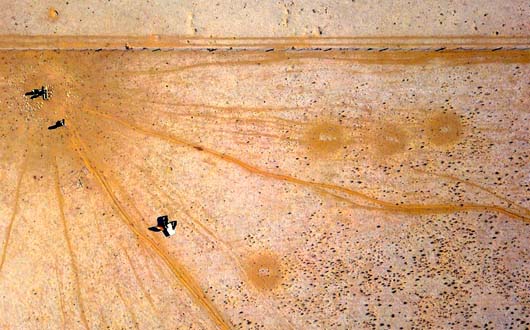SYDNEY, Aug 19, 2018 (BSS/AFP) – Financial aid for drought-stricken
Australian farmers will be increased to Aus$1.8 billion (US$1.3 billion) as
they endure the driest conditions in half a century, the prime minister said
Sunday.
Farmers in eastern states are struggling with extreme aridity that has
turned green pastures into dust, with the economies of local towns also
suffering.
“I want to say to our farmers, we have your back. There is no set-and-
forget,” Prime Minister Malcolm Turnbull told reporters in the New South
Wales town of Forbes.
Graziers in Forbes, some 390 kilometres (240 miles) west of Sydney, are
among those battling the lack of rain.
“We are constantly working to ensure that you get every support you can,
and of course let’s all pray for rain,” Turnbull added.
While droughts are not uncommon in Australia, the length and severity of
the dry conditions have depleted farmers’ food stocks.
With grass unable to grow, some graziers have had to hand-feed their
cattle and sheep, sell off stock to keep going, or even shoot their animals
as they do not want them to suffer or cannot afford to feed them.
Canberra has already offered Aus$576 million in assistance in recent
weeks, with Sunday’s announcement taking the total to Aus$1.8 billion.
The extra funds will include doubling the number of low-interest
concessional loans for farmers, who will not have to make any principal
repayments for the first five years.
Councils in the drought-affected states of NSW, Queensland and parts of
Victoria will be given money to boost local facilities, with further funding
set aside for water infrastructure.
Recently retired senior military officer Major General Stephen Day was
appointed national drought coordinator to help farmers and other
organisations determine where support is most needed.
There has been an outpouring of support from other parts of the vast
continent.
On Friday, a convoy of 23 trucks carrying 2,300 bales of hay for over 200
farmers arrived in NSW from Western Australia state more than 3,500
kilometres away.



